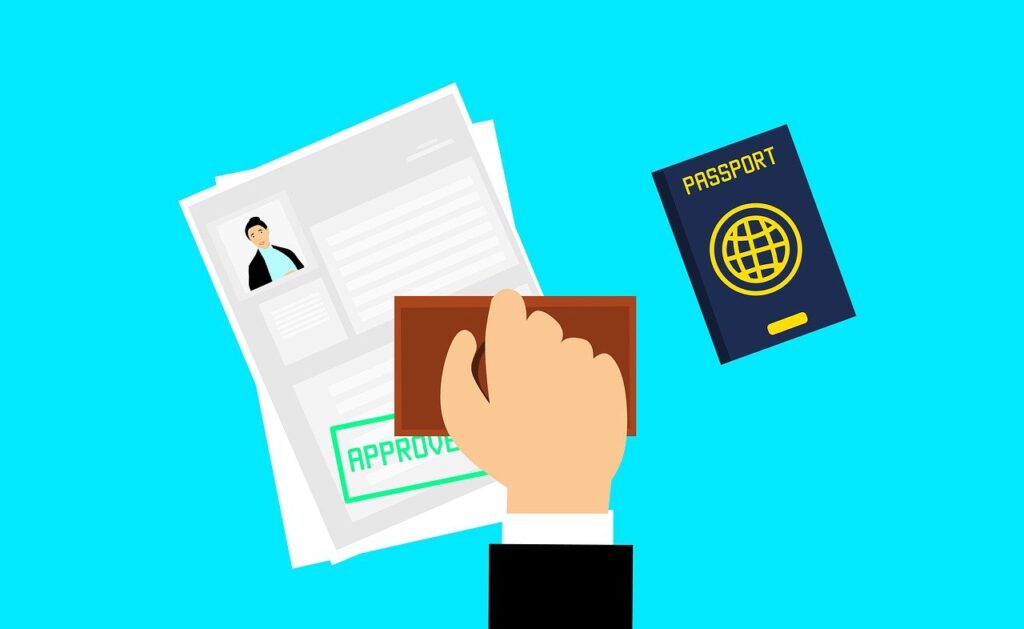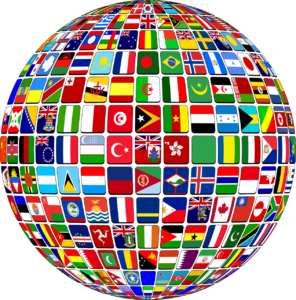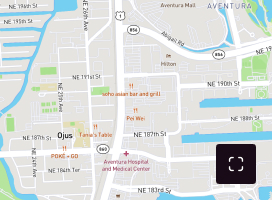The Diversity Immigrant Visa program is a government lottery program for obtaining U.S. Permanent
Residence (green card). The program makes 50,000 visas available every year to applicants from
countries with low rates of immigration to the United States and with specific education qualifications. It
provides an inexpensive and relatively simple path to a green card, without needing sponsorship from a
U.S. employer or family.
When Can I Apply?
The entry submission period for the FY2025 Diversity Immigrant Visa program is from 12:00 pm (ET) on
October 4, 2023, to 12:00 pm (ET) on November 7, 2023. The entry form will only be available for
submission during this period.
The results of the DV-2025 lottery will be available on the E-DV site as of May 4, 2024.
Submission of more than one entry for a person will disqualify all entries for that person.
How Do I Apply?
Entries must be submitted online through DOS’s website. https://dvprogram.state.gov/
Online applications are free, but visa processing fees may apply if selected.
DOS releases detailed instructions on their website, which can be found here:
https://travel.state.gov/content/travel/en/us-visas/immigrate/diversity-visa-program-entry/diversity-
visa-instructions.html
Selection of Entries
Based on the allocations of available visas in each region and country, the Department of State will
randomly select individuals by computer from among qualified entries. All DV-2025 entrants must go to
the Entrant Status Check using the unique confirmation number saved from their DV-2025 online entry
registration to find out whether their entry has been selected in the DV program. Entrant Status
Check will be available on the E-DV website at dvprogram.state.gov from May 4, 2024, through at
least September 30, 2025.
Who Can Apply?
Requirement 1:
To be eligible for the Diversity Immigrant Visa Program, you, your spouse, or your parent must have
been born in a country that sent less than 50,000 immigrants to the United States in the previous five
years.
If you are not a native of a country with historically low rates of immigration to the United States, there
are two other ways you might be able to qualify.
- Is your spouse a native of a country with historically low rates of immigration to the United States? If
yes, you can claim your spouse’s country of birth – provided that you and your spouse are named on the
selected entry, are found eligible and issued diversity visas, and enter the United States at the same
time. - Are you a native of a country that does not have historically low rates of immigration to the United
States, but in which neither of your parents was born or legally resident at the time of your birth? If yes,
you may claim the country of birth of one of your parents if it is a country whose natives are eligible for
the DV-2025 program.
You can be “charged” to the country of birth of either of your parents as long as neither of your parents
was born in or a resident of your country of birth at the time of your birth. People are not generally
considered residents of a country in which they were not born or legally naturalized. For
example, persons simply visiting, studying, or temporarily working in a country are not generally
considered residents. If you claim alternate chargeability through either of the above, you must
provide an explanation on the E-DV Entry Form, in question #6.
Requirements 2:
Each DV applicant must meet the education/work experience requirement of the DV program by
having either:
- at least a high school education or its equivalent, defined as successful completion of a 12-year course
of formal elementary and secondary education;
OR - two years of work experience within the past five years in an occupation that requires at least two
years of training or experience to perform. The Department of State will use the U.S. Department of
Labor’s O*Net Online database to determine qualifying work experience.
Is there a minimum age to apply for the E-DV Program?
There is no minimum age to apply, but the requirement of a high school education or work experience
for each principal applicant at the time of application will effectively disqualify most persons who are
under age 18.
May my spouse and I each submit a separate entry?
Yes, each spouse may each submit one entry if each meets the eligibility requirements. If either spouse
is selected, the other is entitled to apply as a derivative dependent.
Which Countries are not eligible?
For the 2025 program, the following countries are NOT eligible to apply due to high rates of immigration
to the United States:
- Brazil
- Canada
- China, including Hong Kong SAR (Natives of Macau SAR and Taiwan are eligible)
- Colombia
- Dominican Republic
- El Salvador
- Haiti
- Honduras
- India
- Jamaica
- Mexico
- Nigeria
- Pakistan
- Philippines
- Republic of Korea (South Korea)
- Venezuela
- Bangladesh
Can I apply if I am located overseas or do I need to be in the United States?
Non-U.S. residents seeking to obtain a green card from an eligible country may apply regardless of
whether they live in the United States or abroad.
How will I know if I am not selected?
The Department of State will NOT notify you directly if your entry is not selected. You must use the
Entrant Status Check to learn whether you were selected. You may check the status of your
DV2025 entry through the Entrant Status Check on the E-DV website from May 4, 2024,
until September 30, 2025. Keep your confirmation number until at least September 30, 2025.
I am already in the United States. If selected, may I adjust my status with USCIS?
Yes, provided you are otherwise eligible to adjust status under the terms of Section 245 of the
Immigration and Nationality Act (INA), you may apply to USCIS for adjustment of status to permanent
resident. You must ensure that USCIS can complete action on your case, including processing of any
overseas applications for a spouse or for children under 21 years of age, before September 30, 2025,
since on that date your eligibility for the DV-2025 program expires.
How many visas will be issued in DV-2025?
By law, a maximum of 55,000 visas are available each year to eligible persons.




